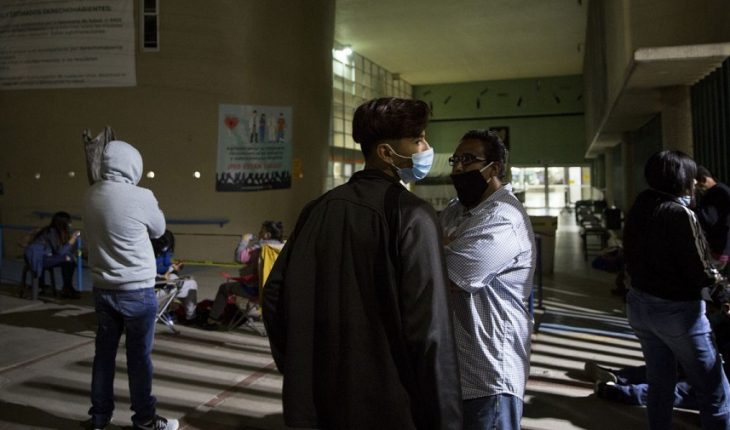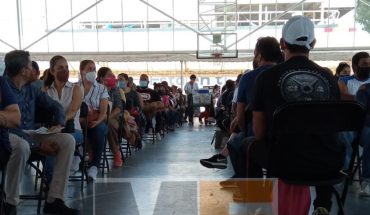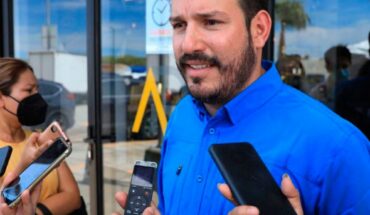Due to the confinement, the number of people seeking to treat their addictions in specialized centers and hospitals has declined, Nadia Robles Soto, Director of the Coordination of National Addiction Programs and head of the Mexican Drug Observatory (OMD) Conadic, said during the conference on Covid-19.
The civil service said that in this confinement season, medical emergencies associated with substance use have been 40% decreasing compared to January July 2019 against the same period in 2020.
“The same goes,” he explained, “in the case of hospital egresses associated with substance use who have also had a decrease in the last seven months.”
For alcohol-related people, during July 2019, for example, 526 hospital admissions were recorded, while in 2020 there were only 34. In the case of multiple drugs, during those months last year there were 370 hospital egresses for this cause, but only 43 in 2020.
The demand for treatment in the care centers, both outpatient and residential, also went down.
Although here the civil service would take the opportunity to talk about a previous change. Prior to 2017, he explained, the substance for which the most attention was demanded was alcohol and in illicit type the greatest demand for care was for cannabis use.
But from 2017 to 2018 there is a decrease in the demand for cannabis treatment and an increase in demand for methamphetamine treatment, particularly by glass.
“And in this period of confinement we have also seen a decrease in the demand for attention from the consumption of these substances, but it is understood that it is by measures of social estating,” he said.
As of January 2020, the demand for treatment for methamphetamine use was 4,720 attentions, while in July there was only a demand for 971 treatment requirements.
However, Robles Soto noted that requests for care have moved to other channels, not physical channels, such as the lifeline, where telephone care is given to resolve doubts or attention to people who demand treatment.
In June 2019, calls to that line reached 9,446; while in June 2020 there were 12,194 telephone inquiries.
Social media consultations have also been uploaded, which is not uncommon when you consider many of the consumers to be young people, the civil service member said.
As of January 2020, face-to-face care as a whole amassed a total of 20,458 attentions, distance care, via the lifeline, recorded 5,570 consultations, while on social media these totaled 36, 693.
By June 2020, those numbers varied completely. Face-to-face care fell to 4,754 attentions, while telephone inquiries rose to 12,194 and those conducted on social media until 289, 225.
These trends, Robles Soto stressed, “tell us that we will have to turn to new alternatives of attention, where perhaps the presence is no longer necessary, or where alternatives such as telemedicine can be found.”
What we do at Animal Politics requires professional journalists, teamwork, dialogue with readers and something very important: independence. You can help us keep going. Be part of the team.
Subscribe to Animal Politics, receive benefits and support free journalism.#YoSoyAnimal
translated from Spanish: Low care in substance use clinics during epidemic
September 6, 2020 |





